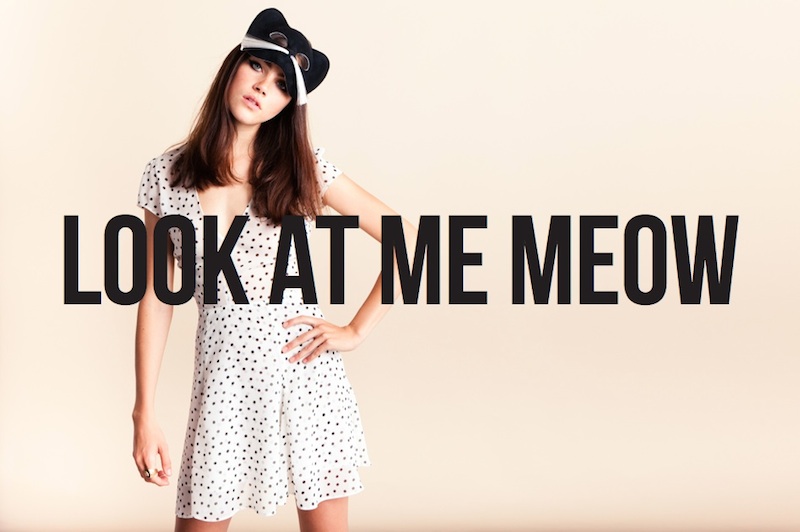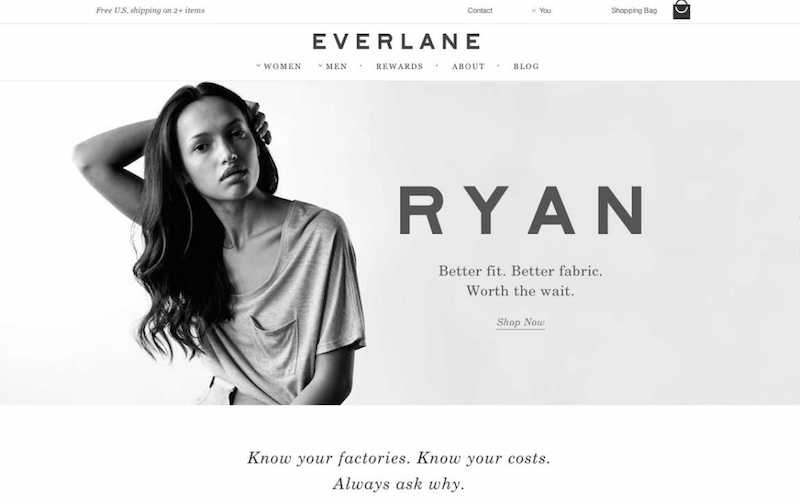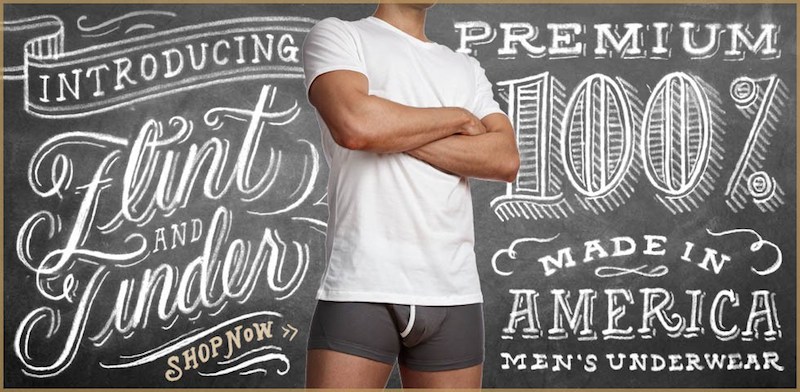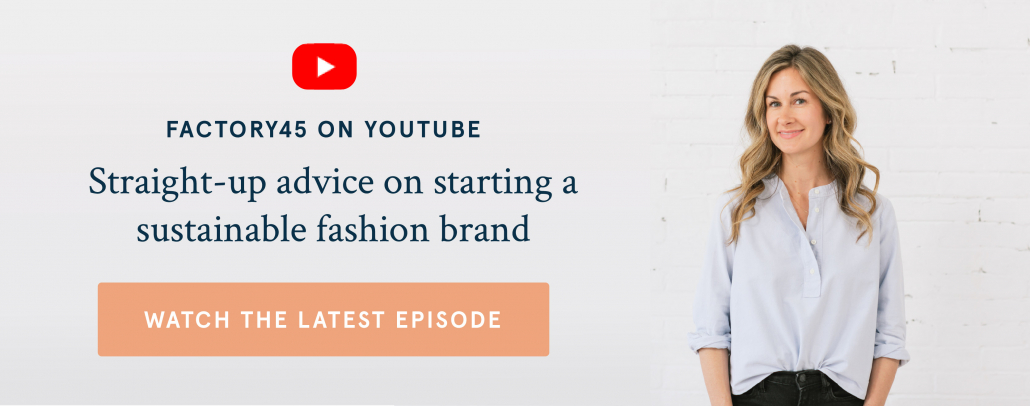This is a post I wrote for the Ethical Fashion Forum. The original version can be read here.
How do you get your brand noticed? It’s an over analyzed topic. The Internet is oozing with headlines that claim to hold the golden ticket. While viral marketing videos and giveaway contests are obvious answers, they don’t always apply to the startup brand with 46 Twitter followers.
So how can you build your brand for the best chance of big exposure? It starts the moment you begin — when you’re just laying out the groundwork and building the foundation of your company.
I looked at four different companies building brand exposure the right way:
1.) Create a remarkable customer experience.
Walk into a Warby Parker store and you’re instantly hooked. Pristine, white shelves, bright lights, crystal clear mirrors, and eyewear with names like Baxter, Malcolm and Chamberlain calling your name. Try on a pair, any pair, the frames beckons from their shelves.
Once you’ve chosen your style, a spritely salesperson appears with an iPad to instantly take your order. One quick fitting, the exchange of your prescription and information — and voila, your glasses arrive at your address in seven business days.
For those who don’t live near a Warby Parker store? Well, they’ll ship you a box with five different choices and give you five days to pick your favorite. All for free. It doesn’t get much better than that.
2.) Know your target market. (Know them so well that you talk like them.)
If you’ve seen the social media accounts of The Reformation label you’ve remembered them. The company has taken on the role of the “cool girls” of sustainable fashion. Founded by designer Yael Aflalo initially as a side project, Reformation has garnered a cult-like following from some of the hottest names in fashion.
With edgy images, bold messaging, and a distinct voice that speaks directly to its ideal consumer, Reformation is more than a clothing company — it’s a brand that embodies everything its customer wants to be.
The bottom line is: know exactly who you want wearing your brand and speak directly to her — the clothing will sell itself.
3.) Have one clear, memorable message.
“Modern basics. Radical transparency.” That’s the tagline of luxury clothing brand, Everlane, a sustainable apparel label; that blew up in 2013. If you’ve explored the Everlane brand, then you know what it’s all about — high-quality basics at low price points by cutting out the middleman.
Everlane has found success not by parading itself around as another sustainable clothing company, but by being very clear about what it does and what it offers. It prides itself on being a collection of essentials without crazy designer markups. While most consumers won’t pay the premium that comes with the “ethical fashion” label, Everlane has flipped its messaging to make shoppers feel as though they’re actually getting a deal.
While utilizing a strong Facebook and Instagram following, the brand is clear, defined, and seemingly irresistible.
4.) Do one thing really well.
Flint & Tinder knows underwear. Founder Jake Bronstein proved it when he raised nearly $300K on Kickstarter for a line of American-made, Supima cotton men’s underwear.
From the beginning, Bronstein didn’t set out to make anything other than underwear. He found a hole in the market and figured out a way to fill that hole. Then he did everything he could to become an expert on the fit, comfort and quality of men’s underwear.
It wasn’t until he found success doing one thing really well with Flint & Tinder that he expanded to a more robust line of men’s clothing. F&T will most likely always be remembered for its underwear because of how it started.
5.) Word-of-mouth is massively effective.
Each of these four brands has one thing in common. Their primary area of success has been found through word-of-mouth marketing. Brand exposure was built into the early foundations of each company, simply because their customers had something to talk about.
When you find something good you want to share it with the world. That’s what these companies were counting on — and by knowing that from the start, it’s exactly what they got.
—
Photos courtesy of Everlane, Flint & Tinder, Reformation, Warby Parker, Brand Driven Digital





